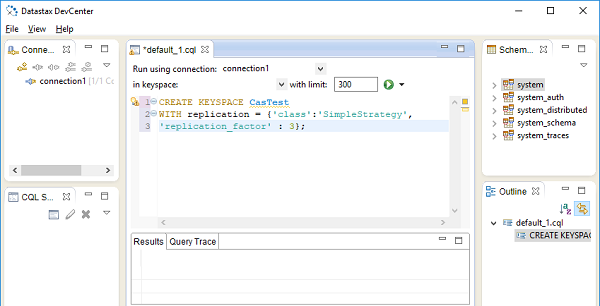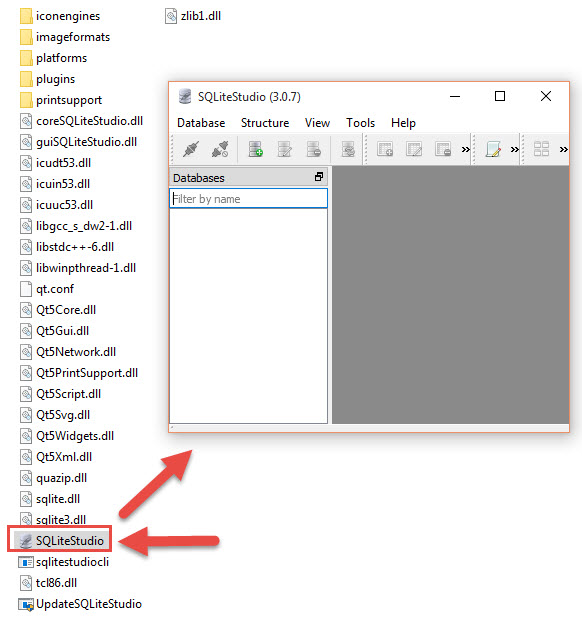

The extra libs are not strictly needed to compile Python but without them your new Python interpreter will be quite useless.Įxecute all the commands below as root either by temporarily logging in as root or by using sudo. In order to compile Python you must first install the development tools and a few extra libs. This can lead to problems that are very hard to diagnose. If you use the normal make install you will end up with two different versions of Python in the filesystem both named python. It is critical that you use make altinstall when you install your custom version of Python. Use “make altinstall” to prevent problems
#How to install sqlite python how to
If someone knows how to solve this please leave a comment below and I will update this text with instructions. If you do not have sudo or root access you will probably not be able to compile Python as a shared library. To make sure the executable can find its shared library you also need to pass some additional flags to the configure command ( LDFLAGS="-Wl,-rpath /usr/local/lib"). It reduces memory usage if more than one Python process is running, and there are third-party tools that might not work properly without it. All modern Linux distros ship with Python compiled as a shared library. You should compile Python as a shared library by passing -enable-shared to the configure command. You enable UTF-32 in Python 2.7 by passing -enable-unicode=ucs4 to the configure command. In Python 3.3+ the Unicode support has been completely rewritten and strings are automatically stored using the most efficient encoding possible. This increases memory usage but improves compatibility. Unless you have very specific reasons you should configure Python 2.7 to enable UTF-32 support. Python has a long and complicated history when it comes to Unicode support. Things to considerīefore you compile and install Python there are a few things you should know and/or consider: Unicode The trick is to install new versions of Python in /usr/local (or some other non-standard location) so that they can live side-by-side with the system version. Utilities such as yum will break if the default Python interpreter is upgraded or replaced. The lack of updates means that CentOS 6 users are stuck with Python 2.6.6 released in August 2010, and CentOS 7 users are stuck with Python 2.7.5 released in May 2013.

Because it is a critical part it is not getting updated, other than to plug security vulnerabilities. What is the problem?ĬentOS ships with Python as a critical part of the base system. This tutorial is meant for people that are comfortable with compiling and installing applications from source.
#How to install sqlite python 64 Bit
I have verified it on CentOS 6.9 64 bit and CentOS 7 (1611) 64 bit. This tutorial should work for all versions of CentOS 6 and CentOS 7, and it will probably work on the corresponding RHEL distributions as well.

This will likely cause difficult-to-diagnose problems. Your system will end up having two different python2.7 binaries, each with its own package directory. Warning! Do not install Python 2.7.14 on CentOS 7 using these instructions. For CentOS 7 only the Python 3.6.x instructions below are applicable. If you are using CentOS 6 you can use this tutorial to install both Python 2.7.x and Python 3.6.x. The examples below are for Python 2.7.14 and Python 3.6.3, but the procedure is the same for any modern version of Python. This tutorial will show you how to install the latest version of Python 2 and Python 3 on CentOS by compiling from source.


 0 kommentar(er)
0 kommentar(er)
